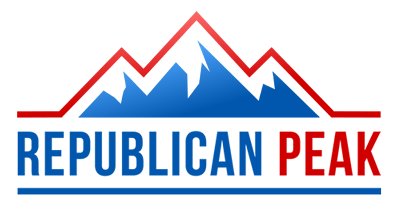
A magnitude 4.1 earthquake struck Corona in Southern California on May 1, with tremors felt in neighboring Los Angeles and San Bernardino counties. Seismologist Dr. Lucy Jones said the quake was one of several minor tremors felt the previous day in the same region, peaking at a magnitude of 2.8. She furthermore noted that the seismic activity could signal that a more significant event is imminent.
There were no reports of injuries or damage, and experts say around 25 earthquakes occur every year in California and Nevada—all below a magnitude of 5. Seismologists describe earthquakes above five as moderate and likely to cause some damage to weaker structures. Between 6 and 7, they are considered “strong” and could harm populated areas. Earthquakes that measure seven or higher veer into serious territory and the possibility of severe destruction and loss of life elevates significantly.
Experts further note that the damage caused by earthquakes depends not only on their size and magnitude but also on the soil type and “local characteristics” such as population sizes and the extent of infrastructure.
California is considered the most vulnerable US state as it is home to the San Andreas Fault. The fault, formed around 30 million years ago, cuts through Southern California’s most highly populated areas, and scientists say it is capable of causing catastrophic earthquakes in the region.
US Geological Survey research geophysicist Kate Schare said Californians should be prepared and noted that the 1906 quake that destroyed much of San Francisco occurred on the San Andreas fault. That quake, which killed 3,000 and damaged 80% of the city, measured 7.9, and Dr. Lucy Jones warns, “It will happen again.” She added that there is no way of predicting when an earthquake will hit.
Scientists explain that the earth’s surface comprises “plates” that move slowly over millions of years, and earthquakes occur because of friction between two plates. The Northern Pacific and North American plates meet at the San Andreas fault.














